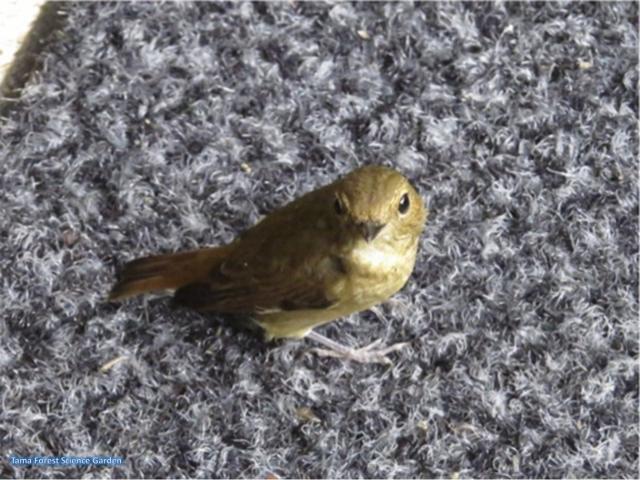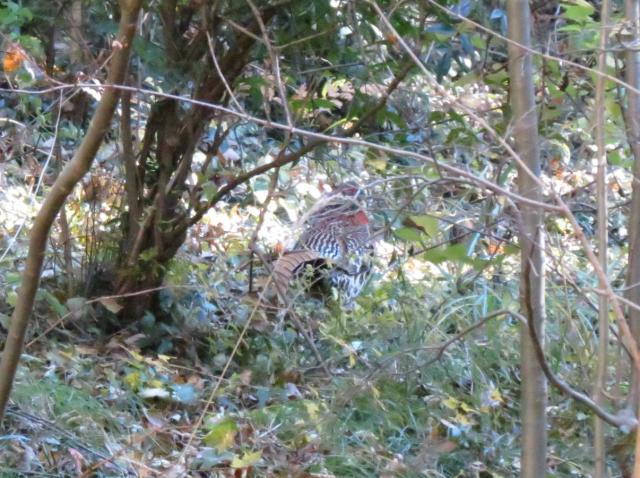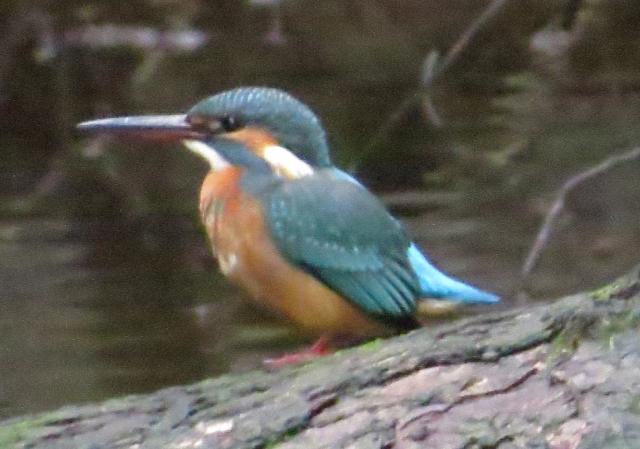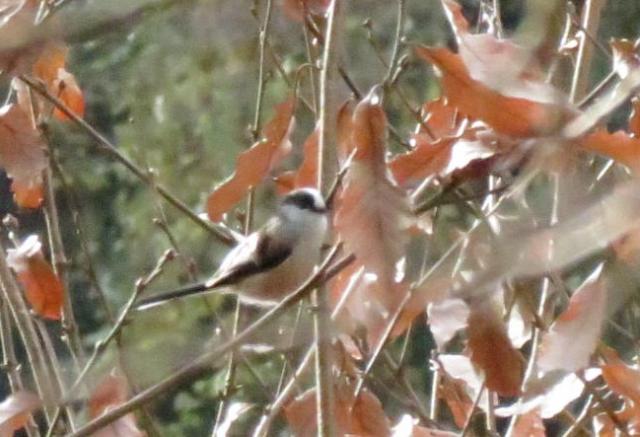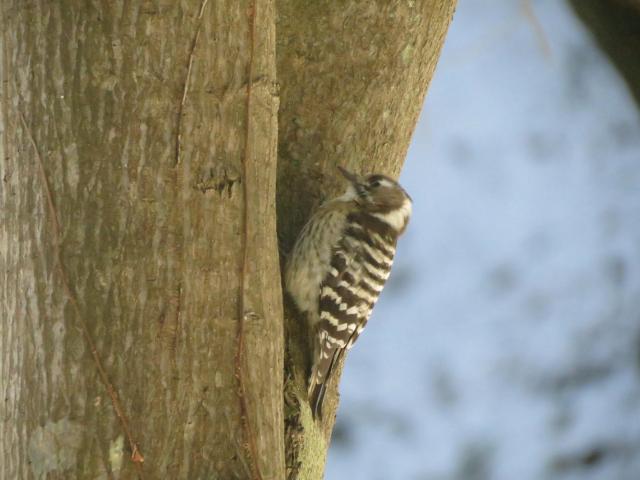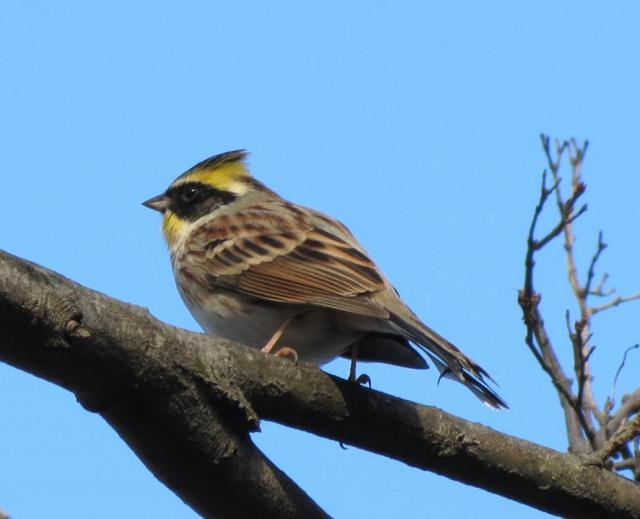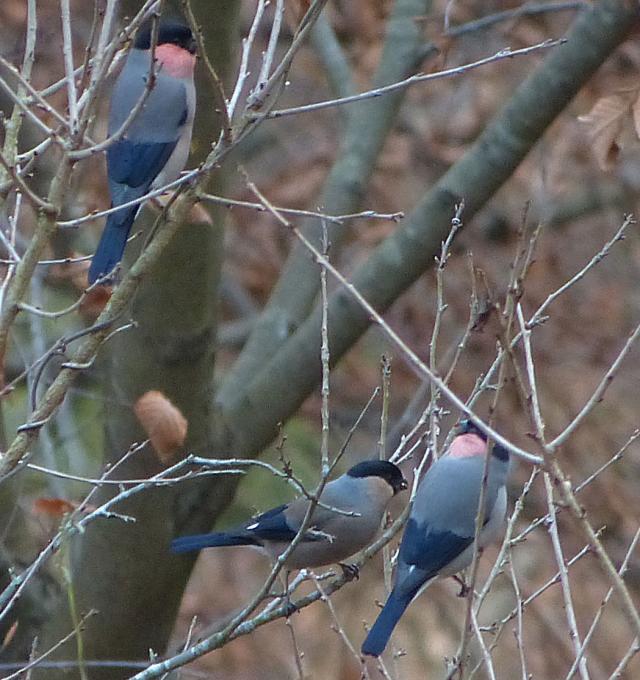Home > Highlights from the garden > Wild birds of the forest
Main content starts here.
Wild birds of the forest
The area around Takao Station is home to the same kinds of birds that you can see anywhere around town sparrows, crows, starlings, pigeons, and so on. But after a 10-minute walk from the station, when you come into the Science Garden with its rich tree cover, the type of birdlife changes. In fact, the Science Garden's birdlife itself is always changing, with summer visitors, winter visitors, and permanent residents. The pamphlet Guide to the Wild Birds of Tama Forest Science Garden was compiled from a survey taken in 2010-2011 and subsequent observations. This guide lists 62 species found here throughout the year. The Guide is available at the Forest Science Garden, you will find signs marking wild-bird observation spots. They are placed at points where you are likely to see birds. If you are beginner at bird watching, it is probably a good idea to come along with someone who knows a thing or two about birds. If you are on a guided tour, your Forest Guide can identify the species of any bird. Fall to winter is probably the best time for spotting wild birds. It is because there are slightly more types of birds to see in winter than there are in summer and also because birds perched on deciduous trees are easier to see in winter. Bird also play an important role in building up woodland. When birds eat succulent fruit from trees, they generally swallow the hard seeds inside as well and spread them in their droppings. Then, these seeds sprout in a new place far away. Birds also gobble up lots of larvae and other bugs that eat cherry tree leaves if left unchecked. Do have a look at the exhibit about birds and seeds in the Forest Science Museum.
|
Daurian redstart, male |
Narcissus flycatcher |
Copper pheasant |
Common kingfisher |
Long-tailed tit |
Japanese pygmy woodpecker |
|
Yellow-throated bunting,male |
Eurasian bullfinch.male and femal |
Copyright © Forest Research and Management Organization. All rights reserved.


